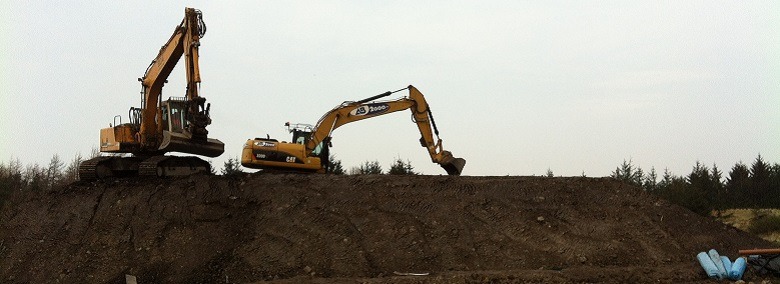We practice this on many projects, but it still surprises me how many tenders come in to us without requesting this approach. This post follows on from a recent post about reducing contamination volumes which may also be of interest to you.
Segregation of waste is the answer, and with soils this can be carried out quickly and simply on site and save you a lot of money. The larger the project the greater the possibility of making significant savings
To give you a basic example-
- Excavate and segregate soils – segregate based on basic site testing (e.g. PID for hydrocarbons) and technical judgement
- Test soils for waste classification – comprehensive testing allows for further segregation should it be needed
- Screen soils for oversize – this often leads to segregation of inert materials which can be re-used on site or disposed of at inert rates.
- Send each waste stream to appropriately licensed disposal centres. Keep an eye on your duty of care.
The difference in disposal rates for inert, non-haz, and haz soils varies significantly across the board, especially considering the higher tax rate for soil disposal is £102.10/tonne (as of April 2023) . Sending waste to soil treatment centres removes the landfill tax charge so even small diversions of soil will pay dividends and out weigh the cost of segregation and testing. You may even be able to treat some soils on site and re-use them. The possibilities are wide ranging.
2021
Soil remediation guide
Approaching soil remediation without any prior knowledge can be difficult and uncomfortable at times, especially when it can potentially be very costly. This free eBook will help you understand the whats, the whys and the hows of soil remediation in the simplest terms.



